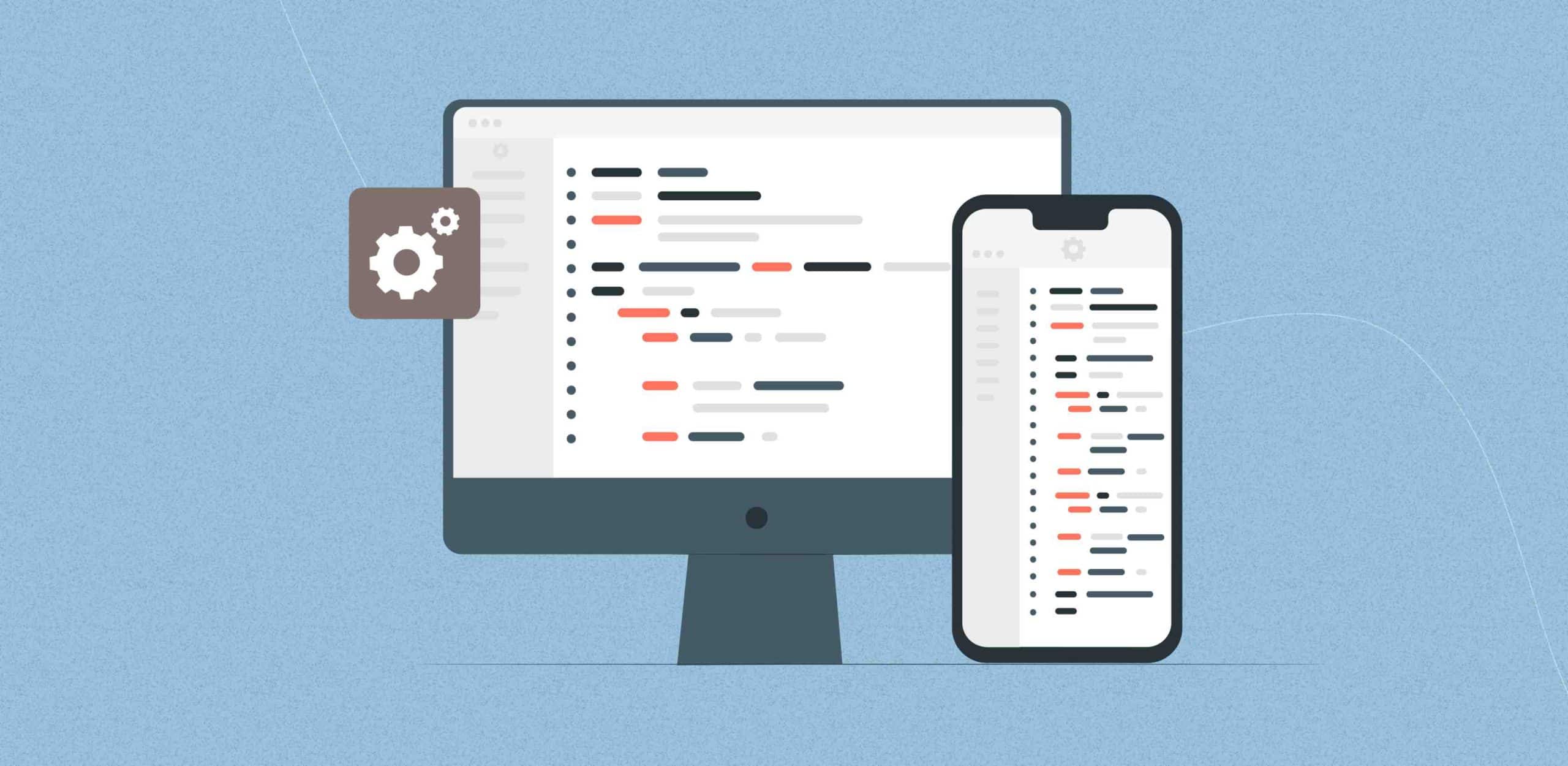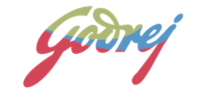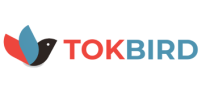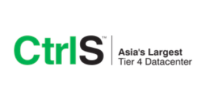e-learning web app development has been gaining popularity in recent years as more and more people are turning to online learning to acquire new skills and knowledge. With the advent of technology, e-learning has become more interactive and engaging, leading to a more effective learning experience. In this ultimate guide, we will take a look at the different types of e-learning web apps, e-learning monetization models, common features of online e-learning web apps, and the basics of e-learning web app development.
According to recent statistics, most students (60%) prefer online e-learning web apps over traditional classrooms. Additionally, a survey by the American Institute of Public Opinion Gallop states that over 71% of users found e-learning more convenient and easy to understand compared to traditional methods.
What are e-learning web apps?
e-learning web apps are online applications that provide educational content and resources for students and learners. These apps can include interactive quizzes, video lectures, and other multimedia materials to supplement traditional classroom learning. They can be accessed through a web browser, making them easily accessible from anywhere with an internet connection. Some examples of e-learning web apps include online course platforms, virtual classrooms, and digital learning management systems. e-learning web apps are becoming increasingly popular as more educational institutions and businesses adopt remote learning options.
Transform your education with our e-learning web app development services. Schedule a demo today!
Common features of online e-learning web apps
e-learning provides a vast reach to a specific target audience while offering the convenience and flexibility of learning at any time and location. It allows learning at a low cost and over an extended period, ultimately increasing its effectiveness. The main objective of e-learning web applications is to serve as a replacement for traditional classroom learning to the fullest extent possible. Today, e-learning web apps have evolved beyond being simply a sustainable alternative to traditional learning methods. They are distinguished by their unique features and functions, some of which include:
- Course page : Students can browse and enroll in courses from various platforms, finding the perfect fit for their needs.
- Quiz : Teachers can create and manage quizzes, providing students with an evaluation of their learning.
- Notifications : Essential for keeping students and teachers informed, this feature sends notifications about upcoming classes, ensuring no sessions are missed.
- Online payments : Students can make payments for courses using credit cards, debit cards, and mobile wallets and save their invoices for future reference.
- Categories, search and filter : This feature streamlines the course-finding process, allowing users to search and filter results based on language, skill level, duration, and difficulty.
- Grade management : This feature simplifies grade management, allowing teachers to keep track of student performance with ease.
- Certificates and badges : A testament to successful learning, this feature promotes courses and enhances the learning experience.
- Review and rating : After finishing a course, students can leave a review and rate their experience, helping future users make informed decisions.
Types of e-learning web apps
When starting an e-learning business, there are various options available. The given below are some of the eLearning web apps.
- Interactive Course Platforms: These e-learning web apps are designed to provide students with interactive and engaging learning experiences. They often include multimedia elements such as videos, animations, and interactive quizzes to keep students engaged and motivated. These platforms are suitable for students who prefer a more hands-on approach to learning and benefit from visual aids.
- MOOCs (Massive Open Online Courses): MOOCs are e-learning web apps that offer free or low-cost online courses to a large number of students. They are designed to provide students with access to high-quality educational content from top universities and institutions. MOOCs are ideal for students who want to learn new skills or gain knowledge in a particular subject but don’t want to spend a lot of money on tuition fees.
- Virtual Classrooms: Virtual classrooms are e-learning web apps that allow students to participate in live, online classes with a teacher or instructor. They provide students with the opportunity to interact with the teacher and other students in real-time, making the learning experience more engaging and interactive. Virtual classrooms are ideal for students who prefer a more traditional classroom-style learning environment and benefit from direct interaction with their teacher.
- Adaptive Learning Platforms: Adaptive learning platforms are e-learning web apps that use artificial intelligence and machine learning algorithms to personalize the learning experience for each student. They track students’ progress and adjust the learning materials and activities based on their strengths and weaknesses, ensuring that each student is challenged and engaged in their learning. Adaptive learning platforms are suitable for students who want a personalized learning experience and benefit from the tailored educational content.
- Gamified Learning Platforms: Gamified learning platforms are e-learning web apps that use game-based elements to make learning more fun and engaging. They often include features such as points, levels, and rewards to motivate students to continue learning. Gamified learning platforms are ideal for students who prefer a more entertaining and interactive approach to learning and benefit from a gamified environment.
e-learning monetization models
The use of technology in education has become increasingly popular as it allows institutions and organizations to reach a wider audience and deliver their services more efficiently. One major benefit of using eLearning web applications is the potential for a strong return on investment (ROI). By implementing various monetization strategies and models, it is possible to generate revenue while providing high-quality educational services. The five primary business models for eLearning web applications include
Subscription-based Model
In this model, students pay a monthly or annual fee to access the e-learning platform and its content. This model is suitable for platforms that offer a large number of courses and educational content, as students are willing to pay for access to a wide range of resources. The advantage of this model is that it provides a steady stream of income, but it may be challenging to attract and retain subscribers, especially if there are many other e-learning platforms offering similar content for free.
Freemium Model
In this model, the e-learning platform offers a limited amount of content for free, with additional courses or features available for purchase. This model is suitable for platforms that offer a unique or specialized course that students are willing to pay for. The advantage of this model is that it attracts students to the platform, and they may be willing to pay for additional courses and features once they have tried the platform. However, the drawback of this model is that it may not provide a steady stream of income, as students may not be willing to pay for all the courses and features offered.
Commission-based Model
In this model, the e-learning platform earns a commission for every course or product sold through its platform. This model is suitable for platforms that offer courses and products created by third-party vendors. The advantage of this model is that it provides a steady stream of income, as the platform earns a commission on every sale. However, the drawback of this model is that it may be challenging to attract and retain vendors, as there are many other e-learning platforms offering similar services.
Advertising-based Model
In this model, the e-learning platform earns revenue from displaying advertisements to its users. This model is suitable for platforms that have a large user base, as advertisers are willing to pay for access to a large audience. The advantage of this model is that it provides a steady stream of income, as the platform earns money from displaying advertisements. However, the drawback of this model is that it may be challenging to attract and retain advertisers, as there are many other e-learning platforms offering similar services.
Licensing Model
In this model, the e-learning platform earns revenue by licensing its platform and content to other companies and institutions. This model is suitable for platforms that offer a unique or specialized course that is in high demand. The advantage of this model is that it provides a steady stream of income, as the platform earns money by licensing its platform and content. However, the drawback of this model is that it may be challenging to attract and retain licensees, as there are many other e-learning platforms offering similar services.
e-learning web app development: A step-by-step process
The process of e-learning web app development seems daunting, but by breaking it down into step-by-step processes, from planning and design to development and launch, it becomes much more manageable.
- Define the purpose and goals of the app: The first step in developing an e-learning web app is to define its purpose and goals. This will help guide the design, development, and content creation process, ensuring that the app meets the needs and expectations of the target audience.
- Research and analyze the target audience: Once the purpose and goals of the app have been defined, the next step is to research and analyze the target audience. This includes understanding the demographics, preferences, and learning styles of the audience, as well as their current pain points and challenges in accessing educational content. This information can be gathered through surveys, focus groups, and market research.
- Choose a platform and technology stack: Once you have a clear understanding of the target audience, the next step is to choose a platform and technology stack for the app. There are a variety of options available, including open-source platforms such as Moodle and Blackboard, as well as custom-developed solutions. The choice of platform and technology stack will depend on the needs and budget of the project.
- Design the user experience: The next step is to design the user experience of the app. This includes creating wireframes and prototypes, as well as defining the navigation, layout, and overall look and feel of the app. The goal is to create an intuitive, user-friendly, and engaging experience that makes it easy for users to access and learn from the educational content. Many users will access your e-learning web app on their mobile devices, so it is important to design your app with a responsive layout that is optimized for viewing on different-sized screens.
- Determine the content structure: e-learning web apps, typically consisting of a series of lessons or modules that cover a particular topic. When developing your e-Learning web app, it is important to determine the structure and organization of your content, as well as the format in which it will be delivered (e.g. text, video, audio, etc.).
- Incorporate interactive elements: e-learning web apps should be engaging and interactive, so it is important to incorporate elements such as quizzes, simulations, and games into your app. This will help keep your audience engaged and will also provide them with an opportunity to test their understanding of the material.
- Incorporate tracking and analytics: e-learning web apps should have the ability to track and analyze the progress of users, including which lessons they have completed and what their scores were on quizzes and exams. This information can be used to improve the app and provide feedback to users.
- Develop and test the app: Once the design is complete, the next step is to develop and test the app. This includes coding, testing, and integrating any necessary features and functions, such as course management, user authentication, and payment processing. Testing should be thorough and ongoing to ensure that the app is functioning as expected and delivering the desired user experience.
- Launch and monitor performance: The final step is to launch the app and monitor its performance. This includes analyzing user engagement and feedback, as well as tracking usage and revenue. Based on this data, updates and improvements can be made to the app as needed to ensure that it continues to meet the needs and expectations of the target audience.
- Ensure accessibility: e-learning web apps should be accessible to everyone, regardless of their abilities or disabilities. This includes making sure the app is usable by individuals who are blind or visually impaired, as well as those who have hearing or mobility impairments.
Learn more about how our e-learning web app development services can benefit your business.
What’s next for e-learning app development
The future of e-learning web app development is promising, with a growing demand for online learning platforms. The pandemic has further accelerated the growth of e-learning, making it an indispensable tool for education and training. With advancements in technology and the changing needs of learners, e-learning web app development is expected to evolve in exciting ways in the coming years.
Personalized Learning:
The future of e-learning will be all about delivering personalized learning experiences. Personalized learning involves creating customized content, assessments, and feedback based on the individual needs of learners. This approach ensures that learners receive a tailored learning experience that meets their specific needs and helps them achieve their learning goals.
Augmented Reality and Virtual Reality:
Augmented reality (AR) and virtual reality (VR) are expected to play a major role in e-learning in the future. These technologies allow learners to immerse themselves in simulations and experience scenarios in real-time, making learning more engaging and effective. The use of VR and AR in e-learning can enhance learning experiences, increase retention, and improve outcomes.
Gamification
Gamification is the use of game-design elements and mechanics in non-game contexts to engage and motivate users. Gamification can be a powerful tool in e-learning, as it makes learning fun and interactive. In the future, e-learning web apps are expected to integrate gamification techniques to increase learner engagement and motivation.
Artificial Intelligence and Machine Learning
Artificial intelligence (AI) and machine learning (ML) are expected to play a crucial role in e-learning web app development. These technologies can automate many of the manual tasks involved in creating and delivering e-learning content. AI and ML can also help analyze learner data to determine the best learning strategies and deliver personalized feedback to learners.
Accessibility and Inclusivity
Accessibility and inclusivity are critical in e-learning web app development. e-learning platforms must be designed to meet the needs of learners with disabilities and support diverse learning styles. In the future, e-learning web apps are expected to have robust accessibility features, such as alternative text for images, closed captions for videos, and support for assistive technologies.
The future of e-learning web app development is exciting, with many opportunities to enhance the learning experience and meet the evolving needs of learners. Personalized learning, augmented reality and virtual reality, gamification, artificial intelligence and machine learning, and accessibility and inclusivity are key trends that are expected to shape the future of e-learning.
End note
If you are looking to implement or custom e-learning web app development, don’t hesitate to contact us for assistance. We have a team of experts who can help you create an e-learning web app that meets your needs and exceeds your expectations.
Let’s transform your business for a change that matters.
F. A. Q.
Do you have additional questions?
There are several different types of e-learning web apps, including Interactive Course Platforms, MOOCs (Massive Open Online Courses), Virtual Classrooms, Adaptive Learning Platforms, and Gamified Learning Platforms.
The most popular e-learning monetization models include subscription-based, freemium, commission-based, advertising-based, and licensing models.
The most common features of online e-learning web apps include Notifications, Online payments, Course page, Categories, search and filter, Quiz, Grade management, Certificates and badges, Review and rating.
The basics of e-learning web app development include defining the purpose and goals, choosing a platform, designing the user interface, developing the content, and testing and launching the e-learning web app.
You can contact our team for assistance with e-learning web app development by reaching out to us through our website or by giving us a call. Our team of experts can help you create an e-learning web app that meets your needs and exceeds your expectations.














